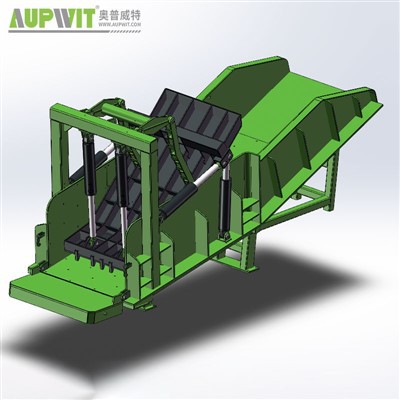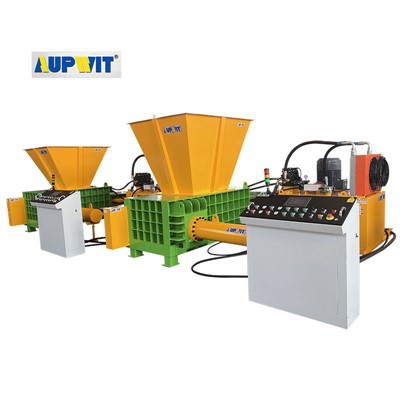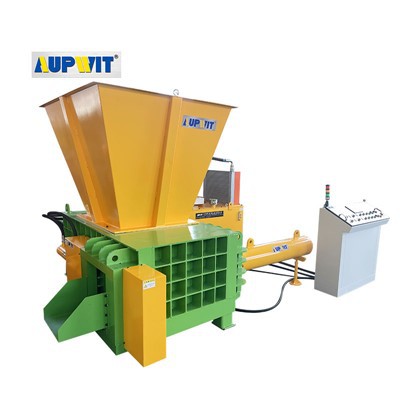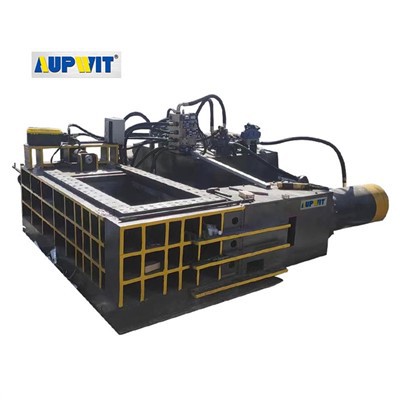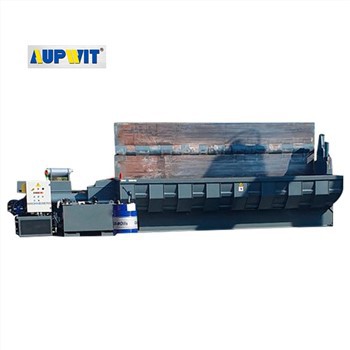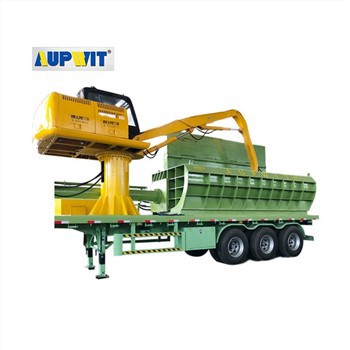Fatigue Resistance Testing Protocol for Briquetting Presses
-
Test Setup & Parameters
Load Simulation: Use programmable hydraulic actuators to replicate real-world compression cycles (e.g., 50–150 MPa pressure, 10–30 cycles/minute).
Test Duration: Run 100,000+ cycles (per ISO 12106 or ASTM E466) to identify wear patterns.
Monitoring Sensors: Strain gauges, vibration sensors, and thermal cameras track frame deformation, bearing temperature, and crack initiation.
-
Key Test Metrics
Structural Integrity: Check for frame cracks, bolt loosening, or weld fractures every 10,000 cycles.
Component Wear: Measure die/roller wear (micrometer precision) and hydraulic seal degradation.
Performance Consistency: Monitor briquette density variation (±5% tolerance) over cycles.
-
Accelerated Fatigue Testing
Overload Testing: Apply 120% of max rated pressure intermittently to simulate extreme conditions.
Environmental Stress: Combine with temperature cycling (e.g., -10°C to 50°C) to test material fatigue.
-
Post-Test Analysis
Dye Penetrant Inspection (DPI): Detects micro-cracks in critical welds.
Metallurgical Testing: Analyze gear/shaft material for stress corrosion.
Data Modeling: Use Finite Element Analysis (FEA) to predict failure points.
-
Industry Standards
ISO 12106: Metallic fatigue testing.
ANSI/ASME B30.20: Load-bearing component safety.
CE/OSHA Compliance: Mandatory for commercial presses.


